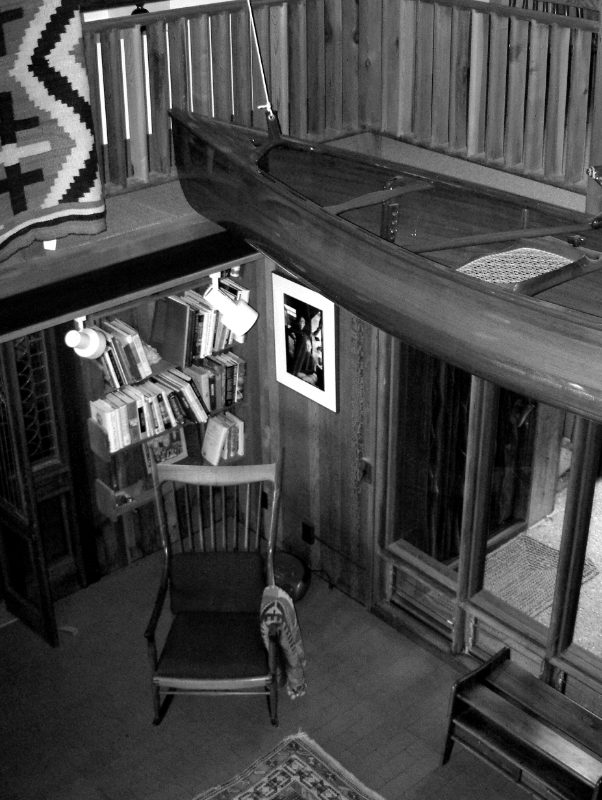What does he mean by Simple Victorian Engineering? Rumsey's project shown above---the Global Ecology Research Center at Stanford, architecture by EHDD2---gives a good indication. The design uses a prominent chimney element, which is a down-draft evaporative cooling tower with a water-spray inside. It relies on buoyancy forces, rather than fan power, to pull cool air into the building when needed. It is, as Rumsey says, "elegant and efficient." It also gives the building an architectural feature which expresses how the building works.
To see the connection to Victorian engineering, let's take the Johns Hopkins Hospital as a representative example. (I'm cherry-picking because my friends Alistair Fair and Alan Short have recently written some excellent new scholarship about the hospital complex3 and because the Isolating Ward is such an excellent aesthetic statement about ventilation as seen below.) In this building, fresh air was delivered to the patient rooms through ventilating louvers in the walls, with heating coils, being drawn in as the "foul" air was pulled up and out by the convective force of the tall chimneys which included "accelerating steam coils."4 In other words, the building uses the forces of buoyancy to move large amounts of air (2 cubic feet per person per second!) when electric fan power did not yet exist.












